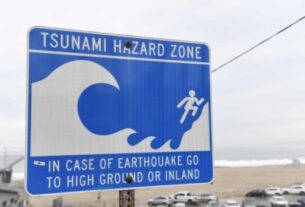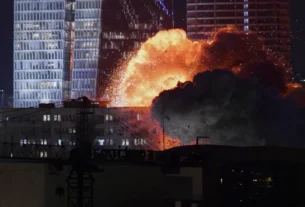MANILA, Sept 21 — With winds nearing 185 kilometers per hour and gusts reaching up to 230 kph, Super Typhoon Ragasa is rapidly intensifying as it barrels toward the northern Philippines and Taiwan, prompting large-scale evacuations, government warnings, and widespread anxiety.
The Philippine Atmospheric, Geophysical and Astronomical Services Administration (PAGASA) confirmed that Ragasa is on track to hit either the remote Batanes or Babuyan Islands by Tuesday afternoon. Interior Secretary Jonvic Remulla has issued an urgent directive to local officials: act fast, relocate vulnerable families, and ensure no one is left behind.
“We cannot afford to wait. Every hour counts,” he stressed.
In Taiwan, nearly 300 residents of Hualien County have already been evacuated, though authorities said the final numbers may shift based on Ragasa’s path. The Central Weather Administration anticipates issuing a land typhoon warning tonight, with the storm expected to come dangerously close to Taiwan’s offshore region by early Monday morning.
Philippine weather specialist John Grender Almario warned of “severe flooding and landslides”, especially in northern Luzon. “We expect the effects to be felt beginning tonight,” he said, “with the most intense impact expected at around 8 AM tomorrow.”
Amid the Storm, a Protest Brews
Ironically, even as the country braces for nature’s wrath, thousands in Metro Manila marched in protest against massive corruption in flood control projects — an issue that has left communities even more vulnerable. Billions of pesos were allegedly siphoned off into fraudulent or non-existent (“ghost”) projects, further endangering lives in flood-prone areas.
The Philippines, situated squarely in the Pacific cyclone belt, is no stranger to violent storms. Hit by nearly 20 typhoons annually, the archipelago’s geography and systemic failures leave millions in a cycle of poverty and displacement.
Climate scientists warn that typhoons like Ragasa are growing more dangerous, intensified by global warming driven by unchecked carbon emissions and environmental neglect.
The Hong Kong Observatory also issued an early warning today, stating weather in the city will “deteriorate gradually” starting Tuesday, with gale-force winds and rising sea levels mirroring the deadly 2018 Typhoon Mangkhut.





